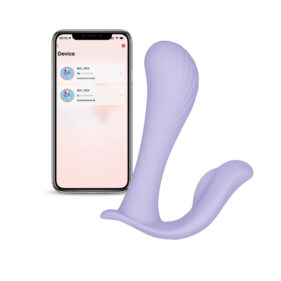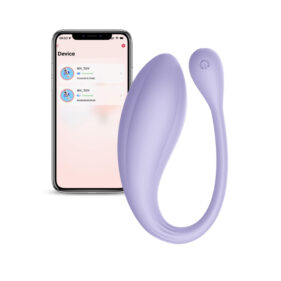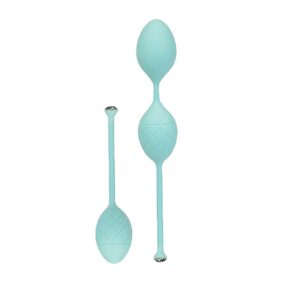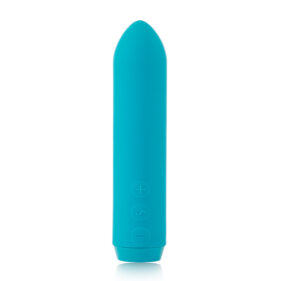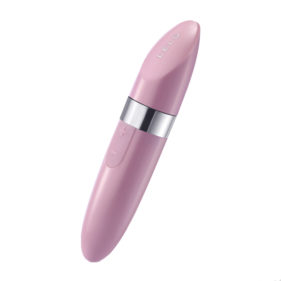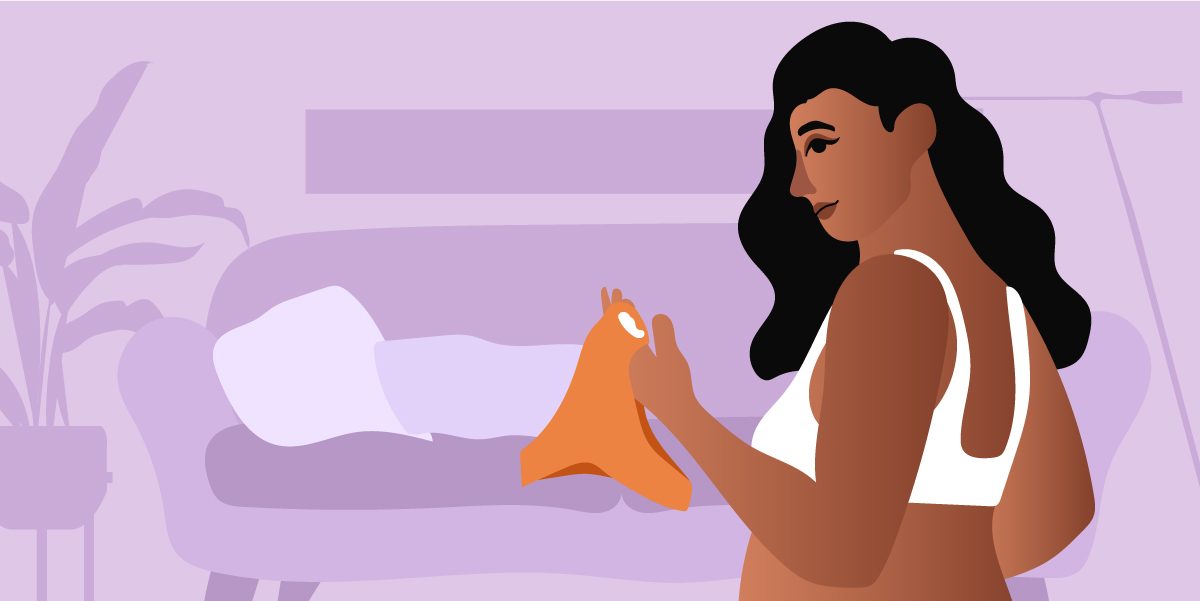
Disclaimer: This article on how to tighten the vagina is meant to provide basic information on the said topic. We’ve linked the health articles and studies on some of the statements on this feature. No content from this piece should ever be used as direct medical advice; always consult your doctor before trying any remedies or treatment on this guide.
Society has led us to believe that you can only have pleasurable sex when a vagina is “tight.” It’s considered desirable, which is why some men have this fixated obsession with female virgins, as they think that inexperienced women have incredibly tight vaginas, and that it starts to “loosen up” once the person starts having sex.
That perception is 100% incorrect. The vagina wouldn’t just change with sexual intercourse. It loses its tightness from other factors like pregnancy, childbirth, lifting weights, and aging. These can turn the vagina into a “lax” or loose state.
Even though a lax vagina wouldn’t affect sex as much, having a lax vagina means having a weakened pelvic floor. And having weak pelvic floor muscles can lead to some medical issues and everyday nuisances.
If having a lax vagina brings frequent inconveniences in your daily routine, or you simply want to tone your muscles down there, we’re here to help. This article will discuss how to tighten your vagina and prevent vaginal laxity.
What is Vaginal Laxity?

Vaginal laxity, also known as vaginal relaxation syndrome or VRS, happens when a person’s vagina turns into a “loose” state. This condition usually occurs after giving birth or during menopause. Aside from causing certain inconveniences in a woman’s life, having this condition can also affect a woman’s physical, mental, and sexual health. A study showed that at about 50% of women lose their vaginal tightness after giving birth.
Causes of Vaginal Laxity
VRS is usually caused by childbirth, as the skin of the vagina, collagen and elastin is stretched too much during vaginal delivery. The birth canal’s tissues also stretch out, which will result in small tears in the vaginal walls and affects the vagina’s elastic quality. Because of the wear and tear during childbirth, the vagina may not return to its original elasticity. Most mothers would experience this condition, but it’s usually temporary, and the symptoms will subside after three months or more.
Symptoms of Vaginal Laxity
- Reduced sensation during intercourse
- Difficulty achieving orgasm
- Urinary incontinence
- Painful intercourse
- Dryness or lack of lubrication
Factors that contribute to vaginal laxity:
Age
This condition can happen naturally for aging women. As women are near or have reached menopause, the vaginal muscles and tissues will gradually weaken over time.
Vaginal birth
As we mentioned above, vaginal birth (normal delivery) can increase the chance of having vaginal laxity and vaginal fatigue.
Trauma during vaginal childbirth or other events
If a person experiences musculoskeletal trauma, which usually happens via vaginal delivery, the person may increase their chances of getting this condition due to the damage to the pelvic floor muscles.
How To Tighten Your Vagina
There are tons of ways to tighten and strengthen your vaginal muscles. This list will enumerate the healthy and safe ways you can practice maintaining a healthy vagina. Note that not every tip listed here will work for everyone, and it’s always best to consult your doctor if you would like further professional say on your vagina’s status.
1Healthy Lifestyle Changes

The first and foremost step is to follow a healthy lifestyle. It improves inner muscle strength, resulting in better vaginal health. Doctors also recommend increasing your fiber intake as it helps to maintain body weight. It also reduces the chances of frequent constipation, which is a known contributor to weakening the pelvic muscles.
If you’ve just given birth and wanted to quicken the healing process and bring your vagina to its normal elasticity, eat more estrogen-rich foods, such as carrots, apples, berries, pomegranates, and soybeans. Aside from a healthier diet, you should also exercise regularly to strengthen your vaginal muscles.
2Kegel Exercises
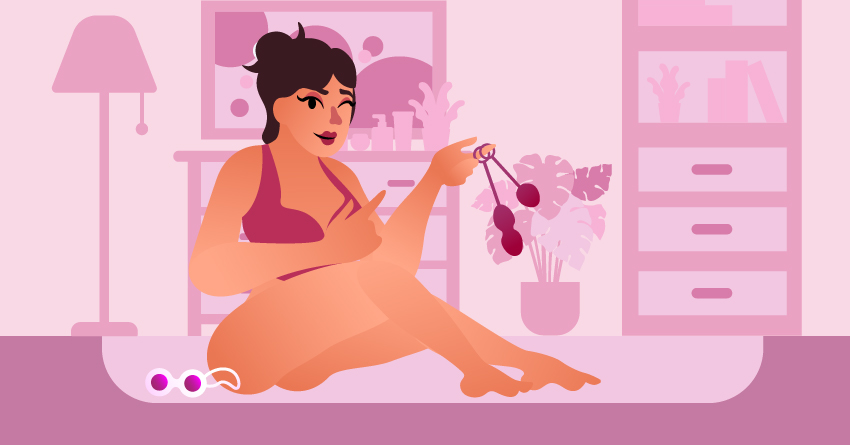
Your vaginal muscles need exercise to gain strength and control. This also lessens the chances of getting vaginal laxity. To do this, you’ll need to do Kegel exercises. If you’ve never tried doing this exercise, here’s what you’ll need to do. The next time you urinate, try to stop peeing mid-flow. You’ll feel the subtle tightening that allows you to stop urinating; that’s what a Kegel is.
Start with the basic set once you’re familiar with the exercise. Hold for 5 seconds. Repeat ten times, and do this at least 3 times per day. Eventually, you can increase your reps and sets. It’s also best to use weighted kegel balls inserted in the vagina during a Kegel exercise. To ensure visible results, be consistent with the daily sessions.
3Pelvic Stretches
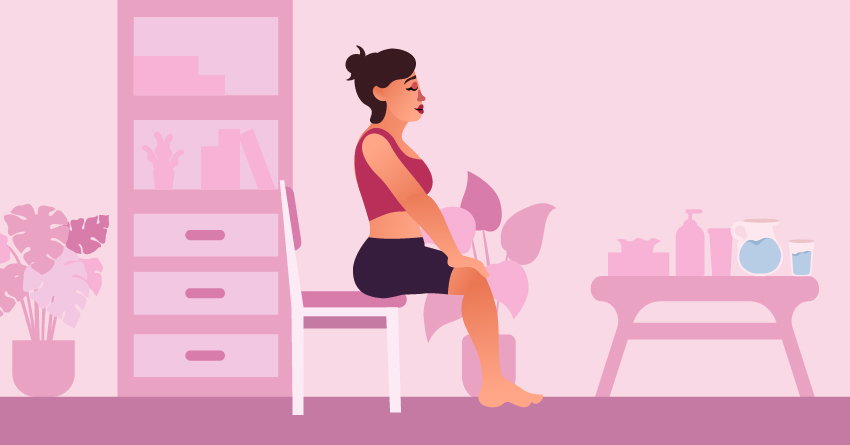
Aside from Kegel exercises, another essential activity that you could do to tighten your vagina is doing some pelvic stretches. It’s a great warm-up for Kegel exercises but can also work independently.
For this one, you need to sit down on the edge of a chair, then gently spread your legs. Make sure that your hands are pressed on your knees while pointing your elbows outside. After that, bend towards your ankles and spread your arms. Just stay in that position for a few seconds, go into a regular sitting position, then do it again. It’s one of the most effective ways of strengthening vaginal muscles and keeping them tight.
4Pelvic Tilt Exercises
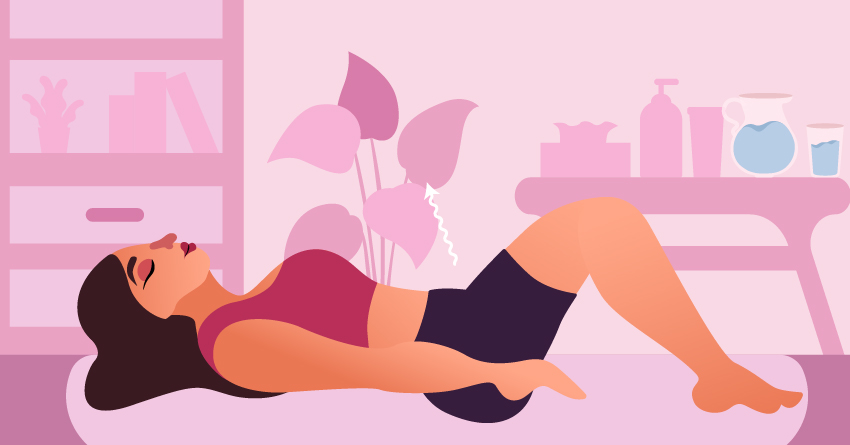
Aside from Kegels and stretches, you can also do Pelvic Tilt Exercise to strengthen your vaginal muscles. For this exercise, you will be bending your chest upward, resting your pelvis on the floor. Start by standing with your shoulders pressed against a wall; keep your knees soft. After that, pull the belly button towards the spine. Do this while the back flattens against the wall. Tighten the belly button for 4 seconds, then release. We recommend going for 10 repetitions daily.
5Leg Ups
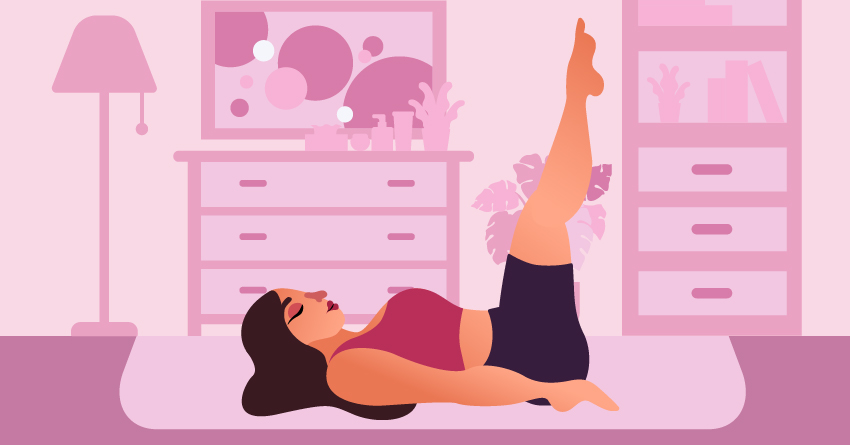
Another great pelvic exercise is Legs Up. It tightens the vagina, building pelvic muscle strength in the process. To do this, lie flat with your back on the floor. Then, tense the abdominal muscles. You will then slowly lift your legs without bending the knees towards the ceiling; don’t lift them simultaneously but one after the other. It’ll help work pelvic floor muscles and keep them right and tight if you’re consistent with this.
6Glute Bridges
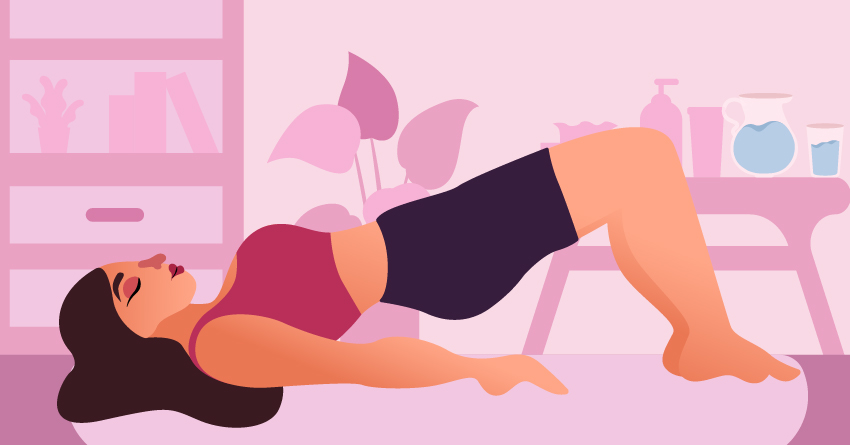
If you want an exercise that works while lying down, go for this one when you try to naturally tighten your vagina. Start by positioning the knees up; they should be slightly apart with feet touching the floor. Once you’re in that position, slowly raise your hips off the floor to tense your glutes. Form a bridge from the shoulders touching the floor, hold it at the top, then gently bring the hips back down.
7Yoga
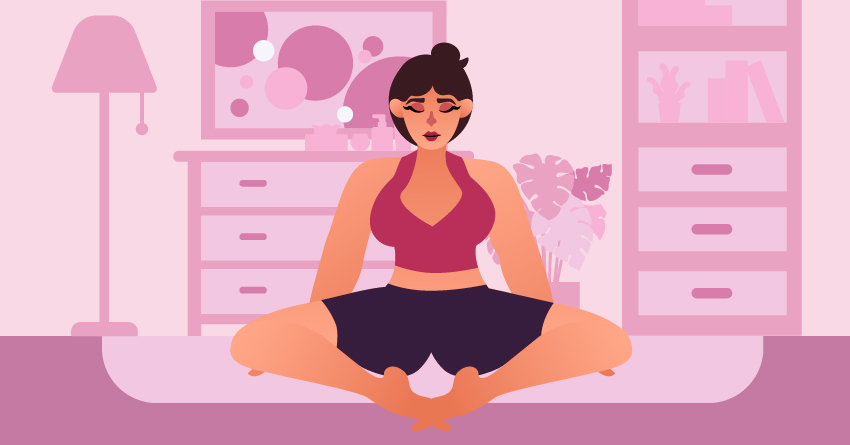
Did you know that doing yoga regularly can benefit your pelvic health? Different yoga positions can stretch and tighten out your pelvic muscles, strengthening the area in the process.
8Squats
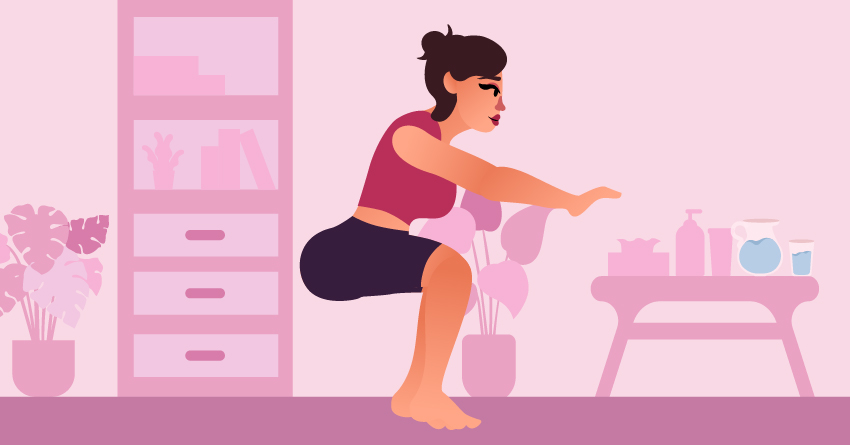
Another exercise that you can do to tighten your vagina is by doing squats. It’s beneficial for people who want to tone their lower body, including the pelvic floor muscles. To do basic squats, stand up, gently bend down your knees as if you’re sitting on a bench, push your hips outwards. After a few seconds, return to the standing position.
9Neuromuscular Electrical Stimulation (NMES)
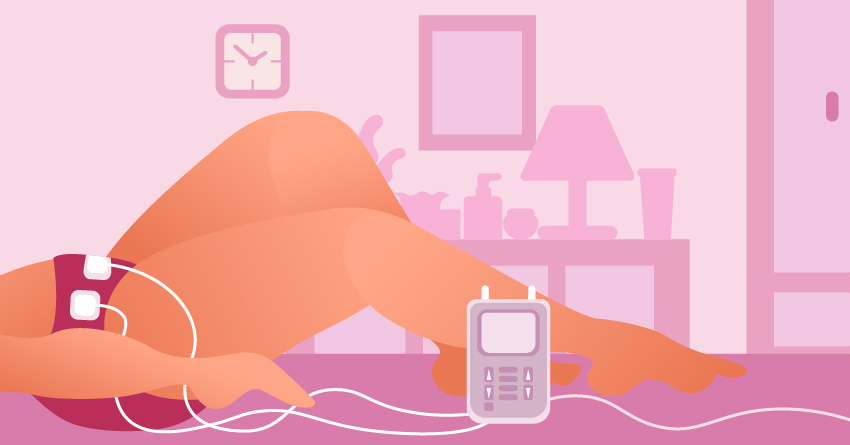
Another procedure that could help tighten your vagina is Neuromuscular Electrical Stimulation (NMES). What it does is it sends an electric current through your pelvic floor using a probe. The current will contract and relax your muscles. The procedure usually lasts for 20 minutes and is recommended to be done every four days or more; the frequency depends on the condition of your pelvic floor muscles.
But before you start setting up an appointment for an NMES session, consult your doctor first. We also recommend checking other sources such as this one.
10Estrogen Therapy

Another way to bring back the elasticity of your vaginal muscles is by partaking in low-dose intravaginal estrogen therapy. For this procedure, you will be applying a small dose of estrogen directly to the vagina. Depending on what you were prescribed, you may take vaginal creams, vaginal rings, or vaginal tablets that have estrogen in them. But same with the last treatment option, consult your doctor before getting any estrogen medication.
Methods To Avoid When Figuring Out How To Tighten The Vagina
There are plenty of “home remedies” that people claim will tighten your vagina. These remedies often involve heat, chemicals, or food products, leading to burns and infections. Do not attempt to tighten your vagina using any of the following:
1Foods of any kind

One common “organic remedy” to tighten your vagina is applying certain fruits and vegetables to the said area. Remember, food goes in your mouth and nowhere else. Putting food products, such as vinegar, lemon, lime juice, and yogurt, will not improve the elasticity of your vagina.
It’s also not going protect you from sexually transmitted infections, reduce your risk of bacterial infections, reset your acidity levels, etc. In fact, it can bring more harm than good as most food items have sugar in them. And when there’s sugar thriving in your vagina, you can expect yeast infections coming your way. What we recommend is to eat healthy meals to improve your overall health.
2Herbs and spices

Your vagina is sensitive, so putting spices down there is a big nope! Herbs and spices aren’t formulated to tighten your vagina but are used for flavoring.
-
₱3,399.00
-
₱5,000.00
3Aloe vera

Putting aloe vera directly on your genitals to tighten the vagina is a big nope! It doesn’t have any tightening properties. Also, aloe vera could work as an ingredient for personal lubes, but you shouldn’t put it directly on your anus or vagina as a lubricant; get branded lubricants with aloe vera instead.
4Toothpaste

Put the toothpaste down; it can’t tighten your vagina. It doesn’t have any tightening properties and can cause serious damage to the natural flora of your vagina. In fact, some toothpaste products have short articles that could lead to microabrasions to the vaginal walls.
5Hot water
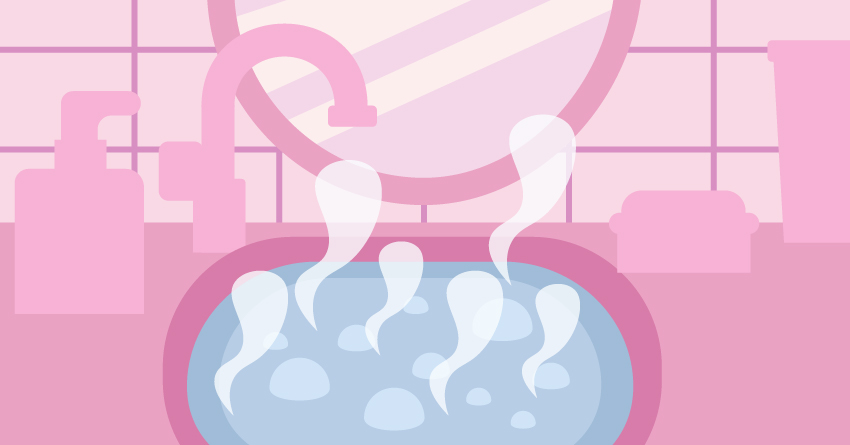
Ever heard of vaginal steaming? Some ‘lifestyle experts’ and celebrities encouraged women to steam their vagina in a water tub with some herbs. There are also claims that putting your vulva and vagina in hot water can relax the area and strengthen the pelvic floor muscles. Do not do this. Vaginal steaming and hot water cannot tighten the vagina. Also, hot water can scald your genitals, which can cause irritation, infection, or injury in that area.
Tighten Your Vagina With These Essentials
You’ve read the exercises and the methods to avoid when tightening your vagina. Now you’re probably itching to exercise those vaginal muscles, so we’ve listed the toys and items you’ll need to reach your goal to greater sexcapades and a healthier vagina!
1Satisfyer Strengthening Balls (Set of 3)
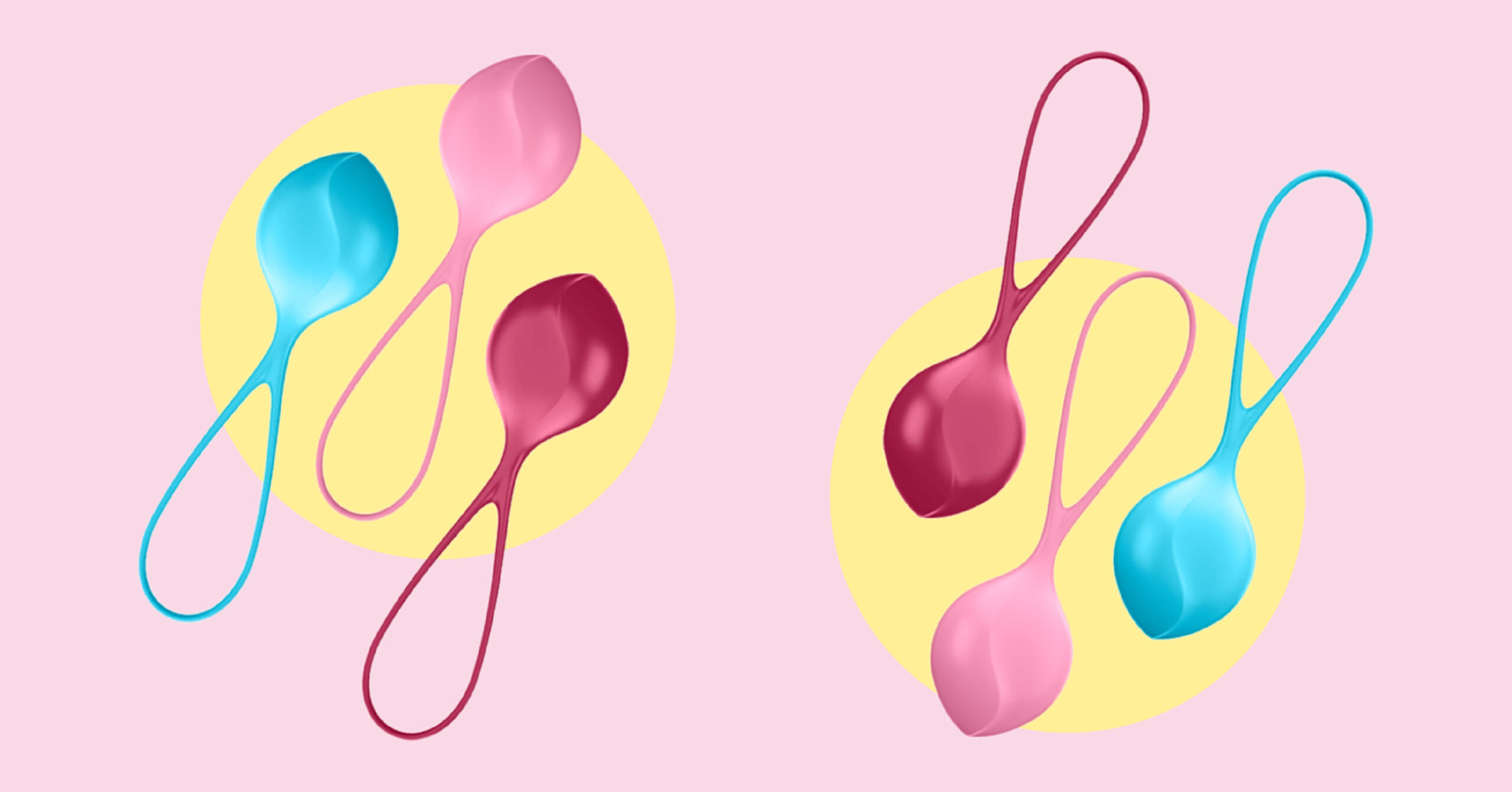
Give your pelvic floor muscles their much-needed workout with the Satisfyer Strengthening Balls (Set of 3)! This is a pelvic floor training set consisting of three kegel balls in varying weights.

2Eros Tightening Gel

Get great sexcapades again with the Eros Tightening Gel. It’s formulated with witch hazel extract, strengthening and tightening your vaginal muscles with every use.

3Intome Soft Moisturizing Lubricant
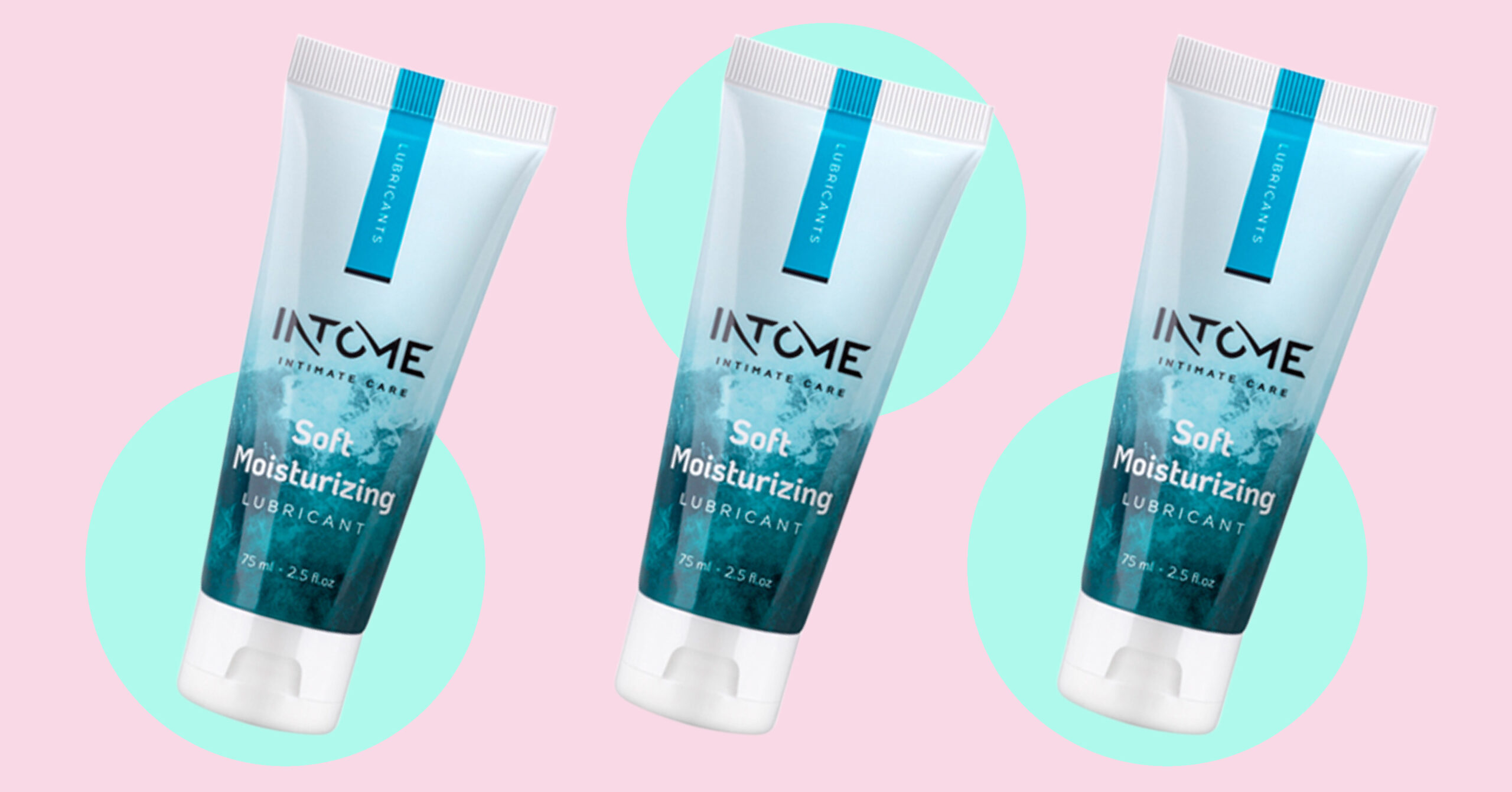
Enjoy your sexcapades by adding in a great lube! The Intome Soft Moisturizing Lubricant provides a comfortable feeling and eases penetration during sex. It comes with a moisturizing effect, keeping your genitals soft and silky-smooth.
4SVAKOM Nova Kegel Exercise Ball Set
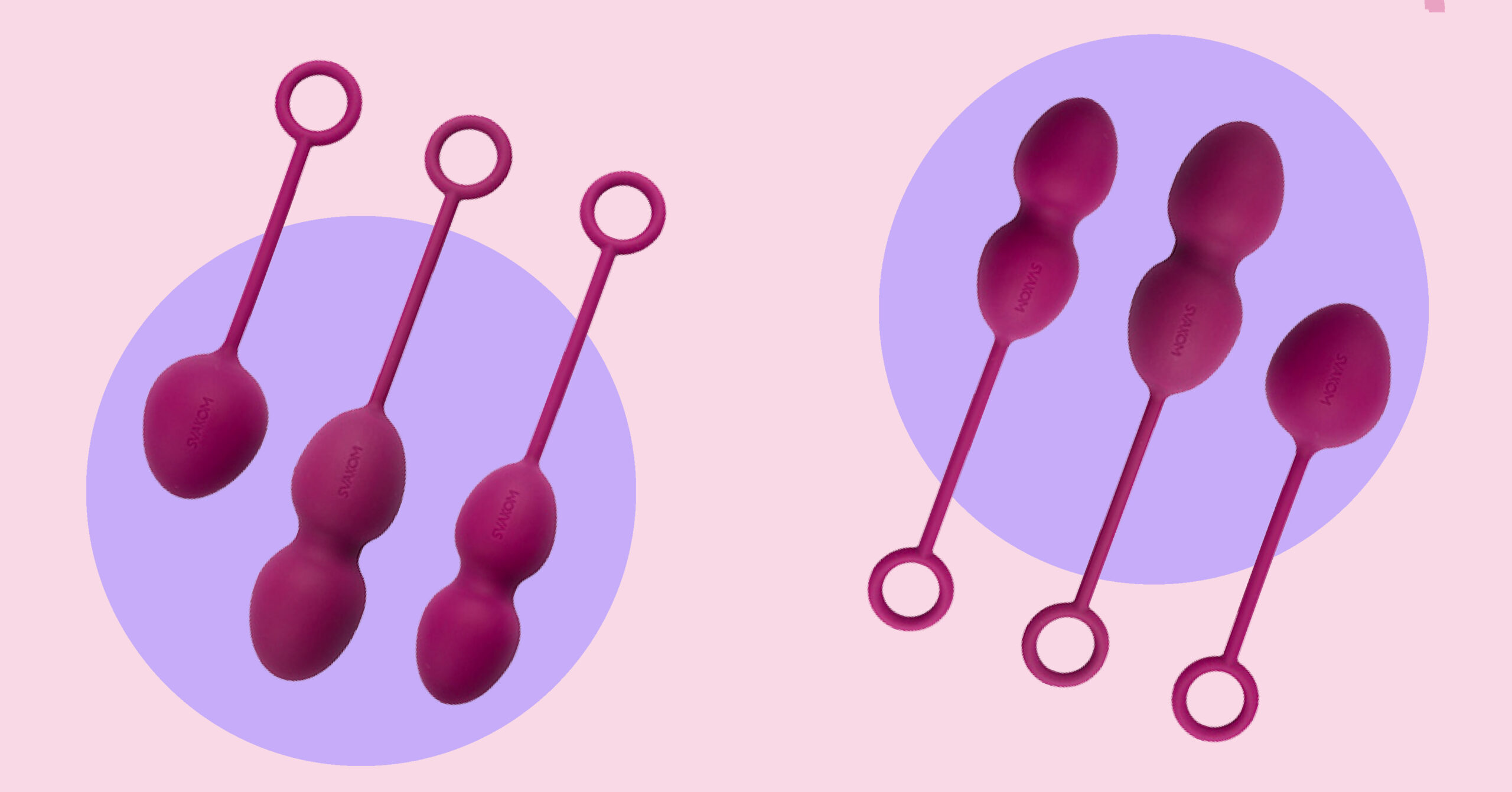
Pamper your vaginal muscles with the SVAKOM Nova Kegel Exercise Ball Set. This set will help tighten and loosen up those vaginal muscles for a deluxe relaxation.
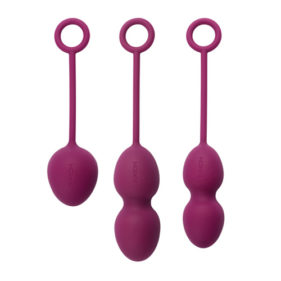
5Je Joue Ami
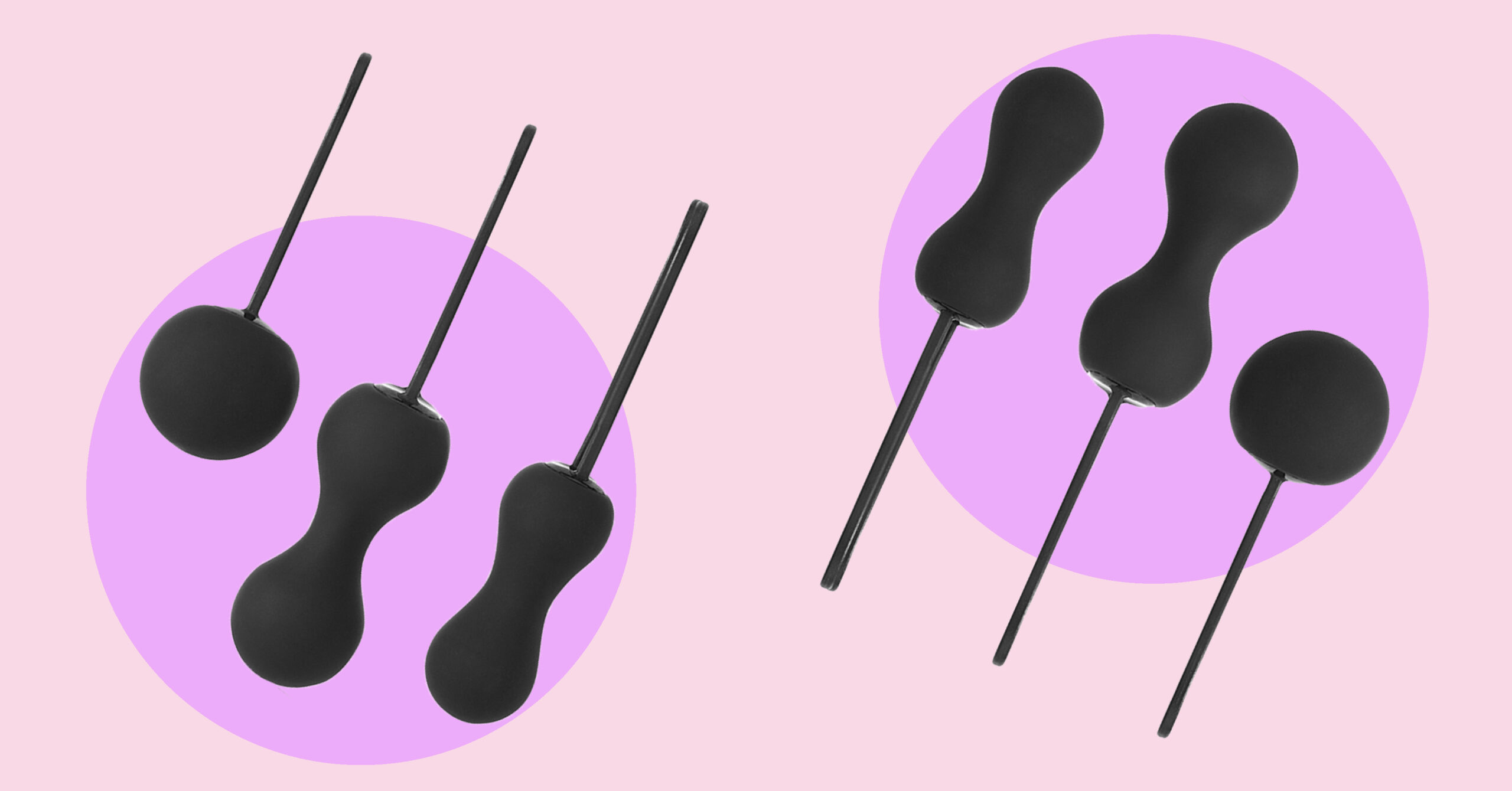
Upgrade your kegel exercise with this fantastic set! The Je Joue Ami is a 3-step kegel set designed to enhance pelvic fitness, resulting in stronger and deeper orgasms. It comes in progressive weights, allowing you to work on your own pace— it’s like your vagina’s personal trainer!
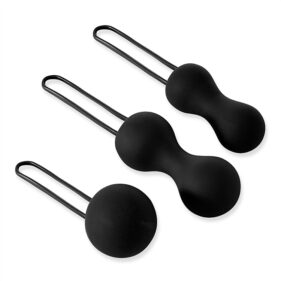
Frequently Asked Questions

Now that you know the ways to ensure the health of your vagina, you may still have more questions in mind. So don’t worry because we’ve got you covered in that regard too. Scroll down below to see our FAQ:
1Can the vagina tighten over time?
The elasticity of your vagina may change over time. It may be slightly looser after giving birth or as you age. However, the overall tightness of your vagina may remain the same throughout your life.
2Is there anything I can do about vaginal laxity on my own?
If you want to manage vaginal laxity on your own, pelvic floor strengthening is the only thing you can do that doesn’t require medical supervision or prescribed medications. However, consult your doctor for more appropriate treatment if your vagina feels looser after giving birth or for other activities.
3Can vaginal birth cause a “loose vagina”?
As we’ve mentioned earlier, the only activity that could “loosen” your vagina and weaken your pelvic floor is vaginal childbirth. Your vagina is stretched out to accommodate the baby’s delivery. But don’t worry, as vaginal laxity after giving birth is temporary; it’ll retract after a few months; you can speed up the process with some pelvic floor exercises (check the second section for more information).
4How could vaginal birth cause vaginal “looseness”? Am I at risk?
It happens as the elastic muscle in the vagina is stretched out to its maximum capacity during the delivery. If you’ve never given birth yet, your chances of having vaginal laxity are rather low. And no, your vagina wouldn’t get “loose” after sex. Vaginal muscles can stretch out and relax during intercourse without losing their tissue elasticity.
5What are the disadvantages of experiencing vaginal laxity?
Some claimed that while their vagina is in a lax state, they felt weird vaginal sensations during sex, insufficient lubrication, and incontinence during intercourse. If you’ve experienced it and it interferes with your daily routine and sex life, consult your doctor immediately for treatment.
Takeaway
If you are figuring out ways on how to tighten your vagina or know someone who needs it, we hope that this guide is of great assistance in helping you manage it.
We understand that it’s difficult to open up to a professional, but it is often best to consult a doctor if you feel any symptoms of vaginal laxity. Getting professional treatment will help you have great sex again and will improve your vaginal health in the long run.
As for the ladies in their 20s and 30s who chanced upon this guide, we hope this could help you change some unhealthy habits. Your more mature selves will certainly appreciate you for it! And if you are interested in reading more sexual health guides, clicking here for more.
